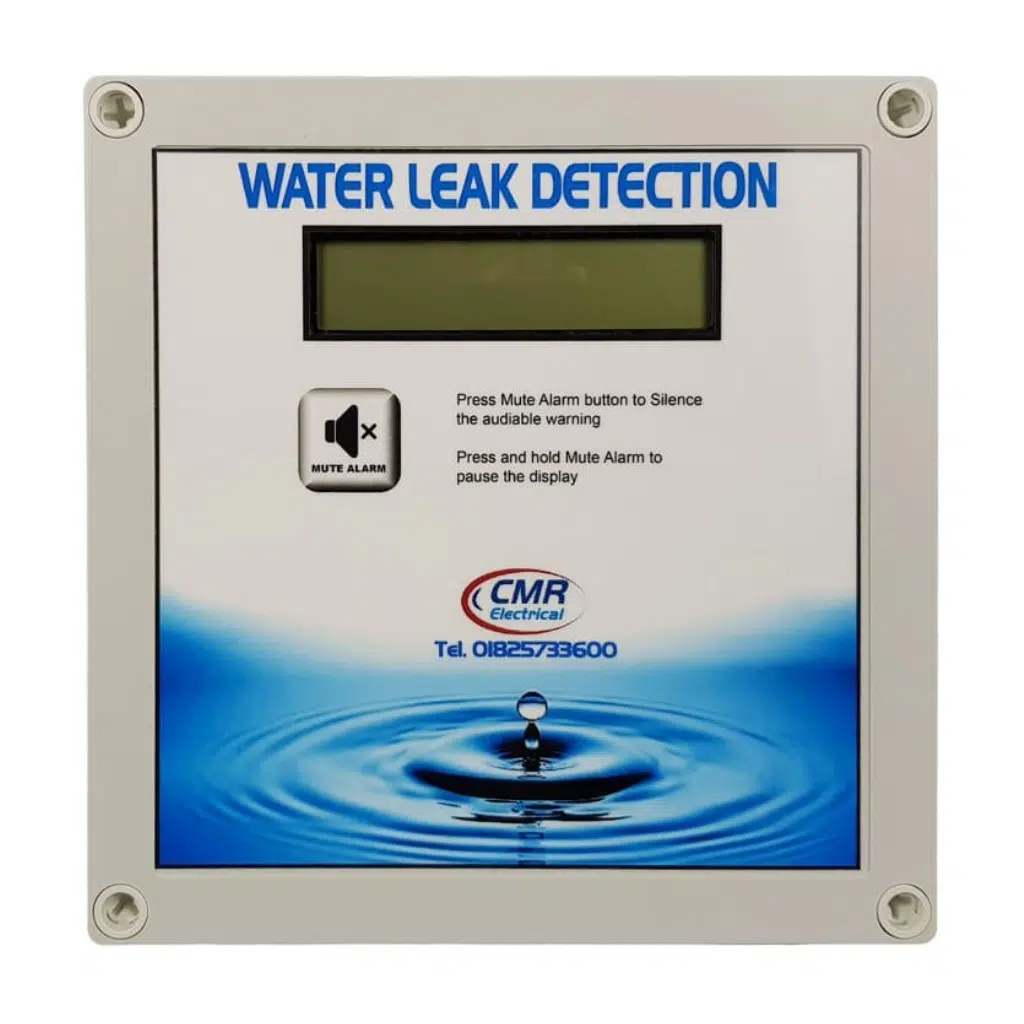Protect Against Major Issues with Very Early Water Leak Detection and Prompt Services
Protect Against Major Issues with Very Early Water Leak Detection and Prompt Services
Blog Article
Ingenious Solutions for Early Discovery of Water Leaks in Buildings and Facilities
As the integrity of structures and facilities is paramount, the obstacle of early detection of water leaks has stimulated cutting-edge services that promise to transform the means we secure versus prospective damages. From sophisticated leakage discovery innovations to the deployment of IoT sensors for real-time surveillance, the landscape of leak avoidance is developing swiftly. Artificial intelligence algorithms provide a glimpse into the future of leakage forecast, while thermal imaging provides a non-intrusive method for identifying covert leakages. Automated water flow evaluation systems are reshaping just how leaks are identified and addressed, leading the way for a positive approach to water leak detection. Each of these options holds the key to guaranteeing the reliability and durability of our constructed atmosphere, prompting a shift towards an extra lasting and effective future.
Advanced Leakage Discovery Technologies
Advanced leakage discovery innovations, furnished with innovative sensing units and formulas, play an important role in swiftly determining and determining water leaks in various setups. Electro-magnetic sensors can identify changes in electro-magnetic fields created by water, offering yet one more layer of leak discovery capacity.

IoT Sensors for Real-Time Surveillance
In the world of modern-day water leak discovery, the assimilation of IoT sensors for real-time tracking represents a crucial development in improving proactive leakage detection abilities. These sensors supply continuous surveillance of water supply, supplying real-time data on water circulation prices, stress variations, and temperature modifications. By leveraging IoT innovation, these sensors can identify even the smallest abnormalities in water usage patterns, making it possible for very early identification of possible leaks prior to they rise into significant problems.
IoT sensing units transmit data to a centralized platform, where sophisticated formulas analyze the information and generate alerts or notices when abnormalities are identified. This real-time monitoring capability allows homeowner or center managers to without delay resolve leakages, minimizing water damage, minimizing repair work expenses, and preserving water sources.
Moreover, IoT sensing units can be integrated with building monitoring systems, enabling automated actions to discovered leakages, such as shutting down water valves or activating pumps to mitigate the effect of leakages. Overall, the application of IoT sensors for real-time surveillance substantially enhances the effectiveness and performance of water leak discovery in buildings and facilities.
Artificial Intelligence Algorithms for Leak Prediction

One trick benefit of making use of maker understanding for leakage forecast is its ability to constantly discover and boost its precision with time. As more data is gathered and fed right into the algorithm, it can refine its predictions and adapt to transforming conditions, eventually boosting the integrity of leakage discovery systems.
In addition, machine discovering algorithms can aid in recognizing refined indicators of leaks that might go undetected by traditional tracking methods. water leak detection. By assessing intricate information embed in real-time, these algorithms can give very early warnings and alerts, permitting prompt intervention and precautionary upkeep to alleviate possible water damage and linked costs
Using Thermal Imaging for Leak Discovery
Thermal imaging modern learn the facts here now technology offers a promising technique for finding water leakages in various systems and infrastructures. By making use of infrared radiation and temperature level differences, thermal imaging video cameras can recognize covert leaks that are not easily noticeable to the nude eye.
One of the crucial benefits of thermal imaging for leakage detection is its non-intrusive nature. In general, the usage of thermal imaging modern technology boosts the efficiency and accuracy of water leakage detection, making it a valuable tool for maintaining the stability of buildings and infrastructures.
Automated Water Flow Analysis Equipments
Just how can automated water flow analysis systems transform the discovery and monitoring of leaks in different systems and infrastructures? Automated water flow evaluation systems provide an aggressive method to leakage detection by continually checking water circulation prices and patterns. By establishing baseline data, these systems can swiftly determine discrepancies that might suggest a leak, enabling timely treatment to protect against substantial damages.
These systems use innovative formulas to examine real-time information and offer prompt directory informs when anomalies are identified, enabling quick action to be taken. Additionally, computerized water circulation evaluation systems can be incorporated with building management systems or IoT systems, enhancing total efficiency and allowing remote surveillance abilities.
In addition, the information accumulated by these systems can be used for predictive maintenance objectives, aiding to identify possible weak points in the infrastructure prior to leakages happen. Generally, the implementation of automatic water flow analysis systems can considerably improve leakage discovery and administration methods, eventually leading to cost savings, decreased water wastage, and increased sustainability in buildings and infrastructure.

Conclusion
To conclude, the combination of innovative leakage discovery technologies, IoT sensors, artificial intelligence formulas, thermal imaging, and automatic water circulation analysis systems supplies ingenious options for early detection of water leaks in structures and infrastructure. These innovations allow real-time tracking, prediction of leaks, and reliable discovery techniques to avoid water damages and wastefulness. Executing these remedies can aid in maintaining the integrity and sustainability of water systems in different setups.
Report this page